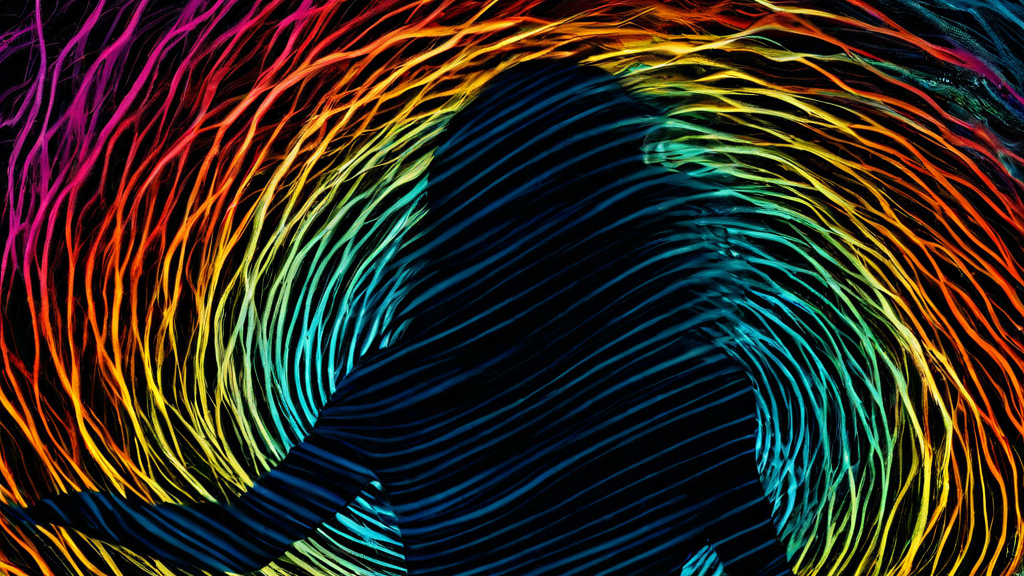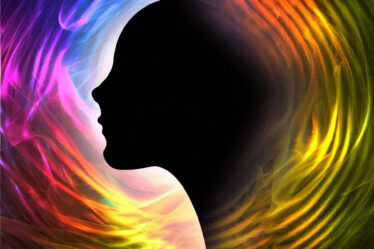
Reiki is a form of energy healing that originated in Japan in the early 20th century. The practice was developed by Dr. Mikao Usui, a Japanese Buddhist monk and scholar. In the late 1800s, Usui embarked on a spiritual journey to understand the nature of healing, which led him to a period of fasting and meditation on Mount Kurama. After 21 days of fasting and meditating, Usui claimed to have received the ability to heal others through the laying on of hands. He referred to this healing power as “Reiki,” derived from the Japanese words “rei” (universal) and “ki” (life force energy), meaning “universal life energy.”
Following his spiritual experience, Usui established the Usui Reiki Ryoho Gakkai, an organization dedicated to teaching Reiki healing. He taught his method to a select group of students and emphasized the importance of personal development and spiritual growth. Usui’s teachings incorporated not only energy healing techniques but also ethical principles, which included a set of affirmations intended to guide practitioners toward a harmonious life. The Reiki system was passed down through his students, with the practice slowly spreading throughout Japan.

In the 1930s, Dr. Usui’s student, Chujiro Hayashi, a medical doctor and naval officer, played a key role in the further development of Reiki. Hayashi refined Usui’s techniques and established a Reiki clinic in Tokyo. He also introduced the practice of teaching Reiki in a more structured format, including the creation of specific symbols and hand positions for healing. Hayashi’s approach made Reiki more accessible and appealing, and his students were instrumental in introducing the practice to the West.
Reiki was brought to the United States by Hawayo Takata, a Japanese-American woman who had trained under Hayashi. In 1938, Takata began teaching Reiki in Hawaii, where she introduced the practice to a broader audience. She simplified the system for Westerners and made it available to people from diverse backgrounds, focusing on the therapeutic aspects of Reiki. Takata trained over 20 Reiki Masters and spread the practice across North America, establishing it as a holistic healing modality.
In the decades following Takata’s efforts, Reiki continued to grow in popularity worldwide. The practice has evolved, with various schools of Reiki emerging, each with their own interpretations and methods of healing. Despite these variations, the core principles of Reiki—universal energy, spiritual growth, and holistic healing—remain central to the practice. Today, Reiki is widely practiced as an alternative therapy, recognized for its potential to reduce stress, promote relaxation, and assist in healing both the body and mind.
When you purchase through links on our site, we may earn an affiliate commission.


